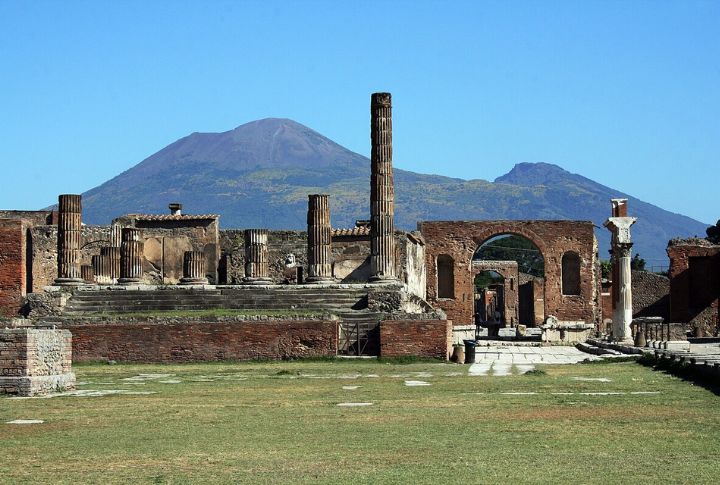
When Mount Vesuvius erupted, it locked the city of Pompeii under ash like a vault. What’s been uncovered about this place by excavators isn’t just rubble, but moments of real Roman life: food left on tables and graffiti on walls. Each discovery adds a new twist to the story. Here are 20 things to know about this town.
Mount Vesuvius Erupted In 79 CE
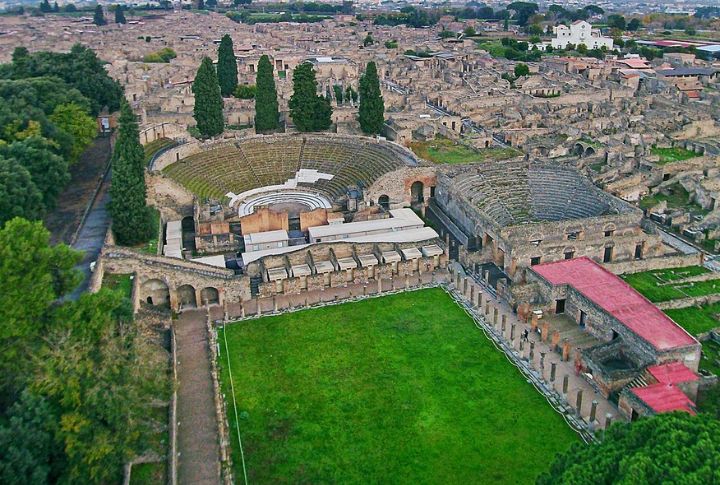
Imagine waking up to a rumbling sky that won’t stop shaking. That’s what happened in Pompeii on August 24, 79 CE. A giant cloud of ash and hot rock exploded from Mount Vesuvius and covered the city. It lasted over 24 hours and was long enough for some to escape.
Pompeii Was A Thriving Roman City

If you had visited Pompeii before the disaster, you’d find a place bursting with life, like a sophisticated vacation town where wealthy Romans relaxed. With over 30 bakeries and loads of cozy taverns, the city smelled like fresh bread and wine. Even everyday life felt like a party.
Rediscovered In The 18th Century
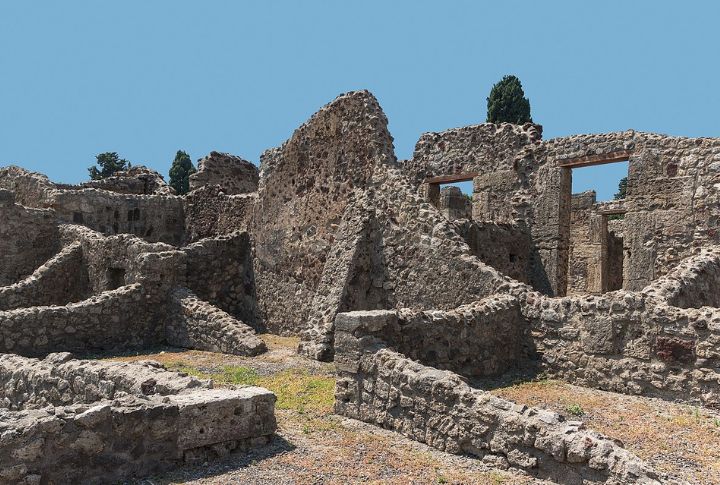
In 1748, workers digging for a new palace struck something unusual—walls, roads, and even artwork buried in ash. They had stumbled upon Pompeii. Initially, treasure hunters sought out shiny objects. But later, archaeologists came to study the city. That’s when Pompeii’s long-lost story truly began to rise again.
Preserved By Ash, Not Lava
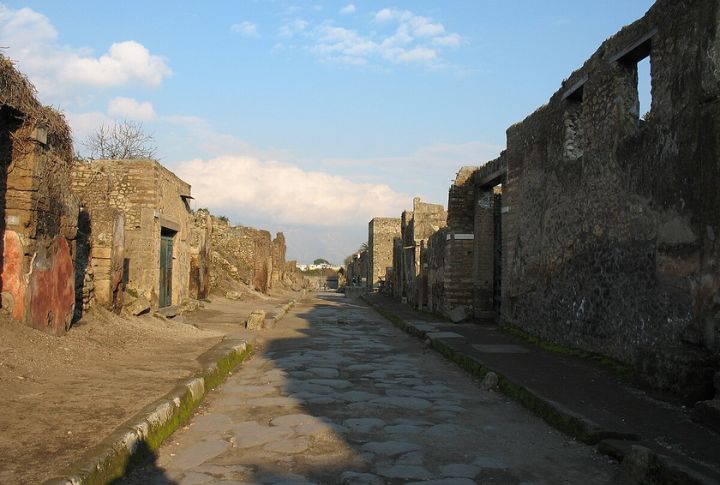
Here’s a twist: it wasn’t lava that saved Pompeii, but ash and pumice, like dusty snow. That soft blanket covered buildings and paintings. Because of that, scientists today can see Roman life like it’s been paused on a giant stage, down to loaves of bread still in ovens.
The Plaster Casts Of Victims

An archaeologist named Giuseppe Fiorelli noticed strange spaces in the ash. He poured plaster into them, and what came out were detailed shapes of people who died in the eruption. One cast shows someone shielding their face. Another shows an embrace, which explains why these casts feel heartbreakingly real.
Pompeii Had A Sophisticated Water System

Ancient plumbing was more advanced than you’d think. It is hard to comprehend that some Roman homes had running water and indoor toilets. Pompeii used aqueducts and lead pipes to distribute water throughout the city, from bathhouses to fountains. People didn’t just live well; they lived clean.
The Forum Was The City’s Heart

Picture a big square filled with marble statues, noisy crowds, and the smell of fresh fruit from market stalls. That was the Forum, where Pompeians met to shop. Another reason it mattered was because of the temples and government buildings that surrounded it.
Explicit Art Was Everywhere
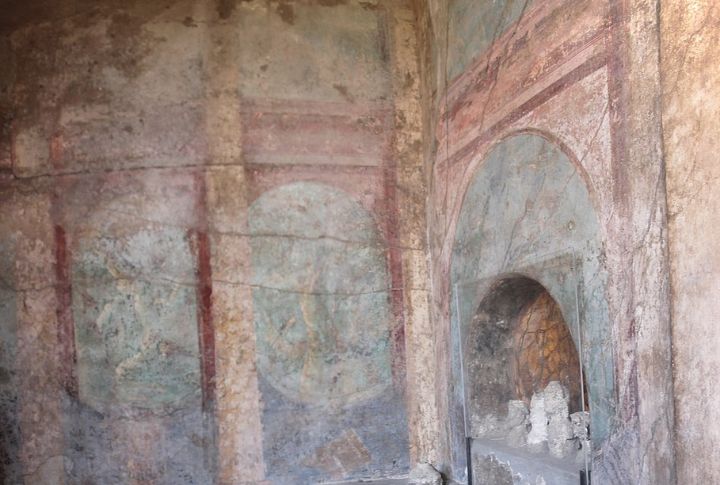
It wasn’t strange to see racy paintings on bedroom walls or even in restaurants. Some homes and bathhouses featured humorous or shocking artwork that would likely surprise most visitors today. Early archaeologists sometimes locked them away, unsure if ancient art was too wild to display.
Pompeii Had A Gladiator School
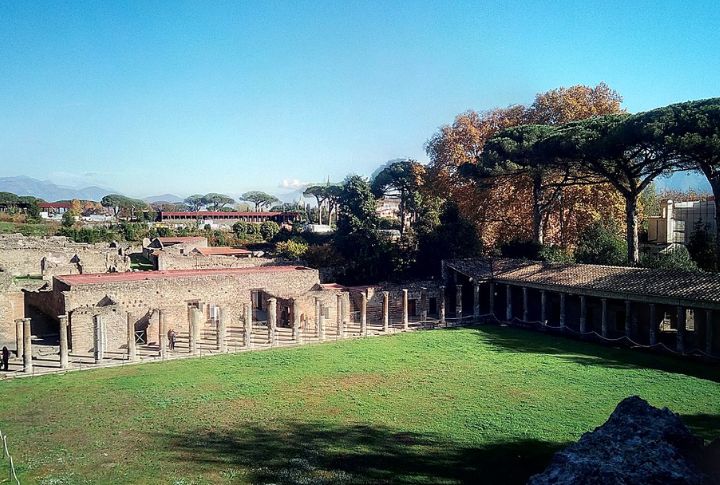
Think of a giant gym where tough fighters trained every day—that was Ludus Gladiatorius; Pompeii’s gladiator school. Skeletons of warriors were found nearby, along with armor. Some were so popular they had fans writing love notes on walls.
The Amphitheater Is The Oldest Known
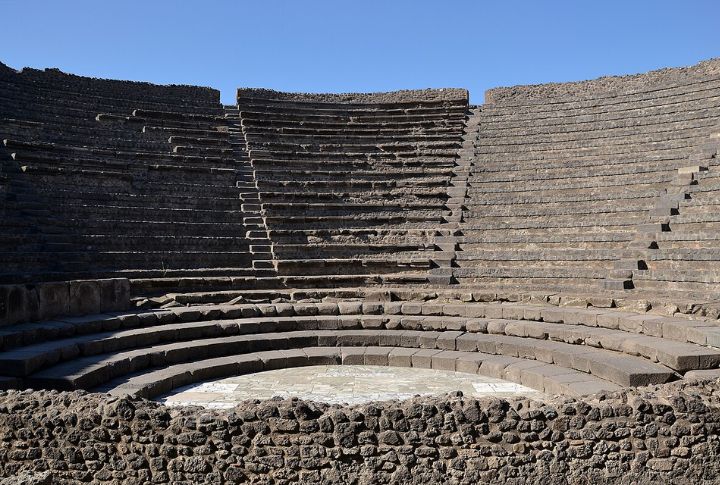
Before Rome built its giant Colosseum, Pompeii had the original version, an amphitheater from 70 BC. It held up to 20,000 people who cheered for wild games and battles. Similar to today’s sports fans, Graffiti shows fans rooting for fighters passionately.
Graffiti Was A Popular Pastime
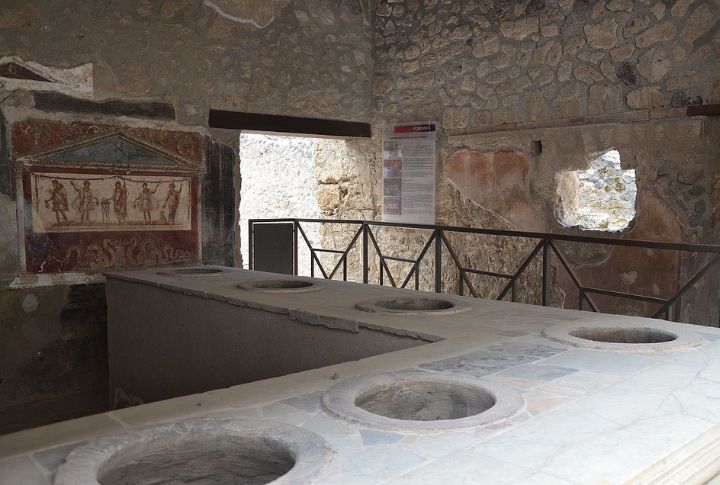
Imagine kids doodling notes and jokes all over their school walls, except in Pompeii. Adults did it, too. Over 11,000 graffiti messages were found, saying everything from “I love Julia” to “This bread stinks”. Scratched into stones, everyday people in the city left their voices behind.
Pompeii Had Earthquake Warnings
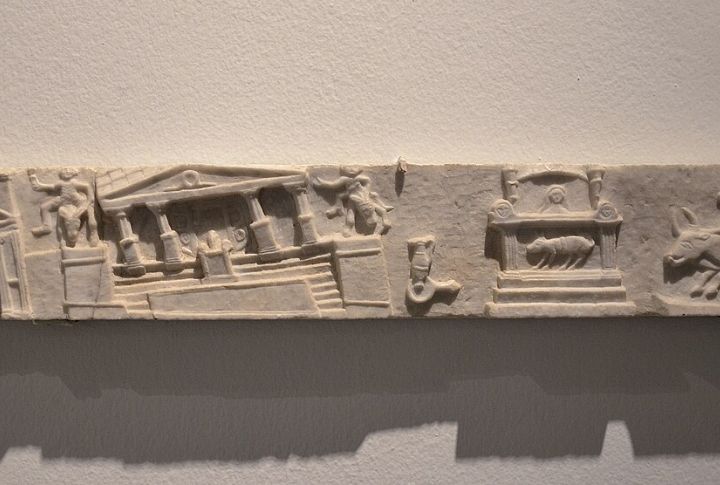
Seventeen years before the eruption, a massive earthquake rocked the city. Buildings cracked, and repairs were still going on when Mount Vesuvius blew. Some people felt shaking that day but didn’t leave. They probably thought it was just another aftershock, not a warning of doom.
Temples To Many Gods
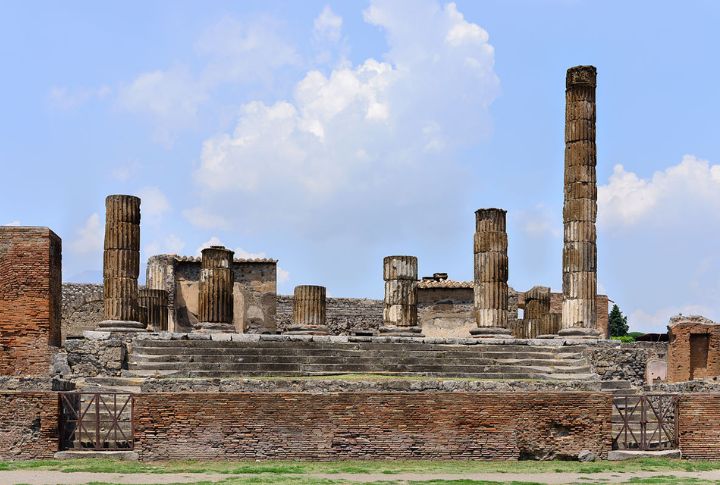
You can see the remains of all sorts of temples in Pompeii. Some are for Jupiter and Apollo, others for Isis from Egypt. People worshiped many gods, often depending on their roots or needs. Temples for Isis were super popular with women and freed slaves, showing how faith crossed borders.
Colorful Frescoes Adorned Homes

Step into a Roman living room, and the walls might fool you. Some frescoes used tricks to make small rooms look elegant and larger. Others showed wild myths, gardens, or everyday scenes. Pompeii’s art styles are still studied today; they tell us what beauty meant long ago.
Pompeii Had A Thriving Economy
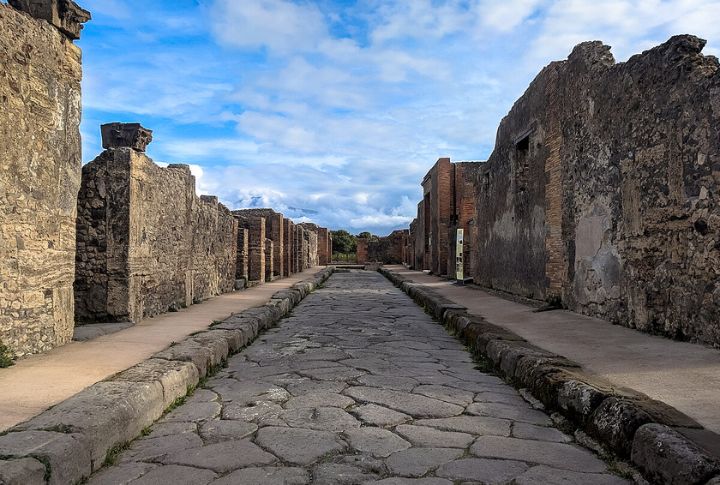
If you were in need of fish sauce or fancy wine, you could find both fast in Pompeii. Shops lined the streets and workers made goods like cloth and olive oil. In the busy market, some jars had labels like modern shipping tags.
Women Had Visible Roles
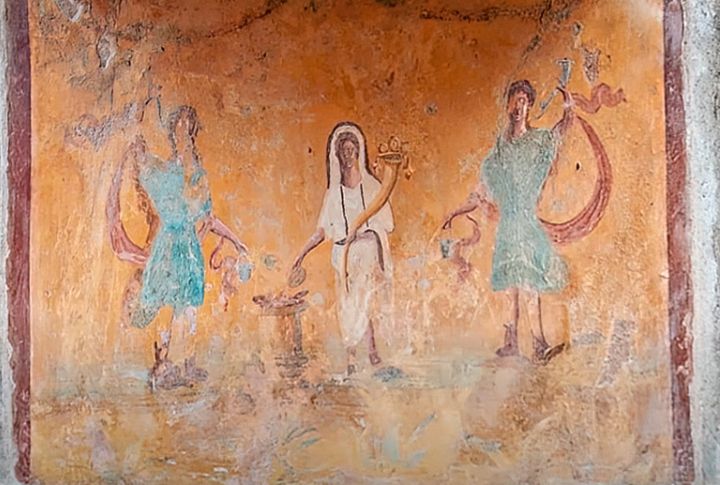
In an era where men made the rules, Pompeii’s women made their mark. Some ran shops or owned property. A woman named Eumachia even helped fund a giant public building. That’s one reason we know ancient women didn’t always stay silent; they built legacies in stone.
Pompeii’s Streets Were Engineered
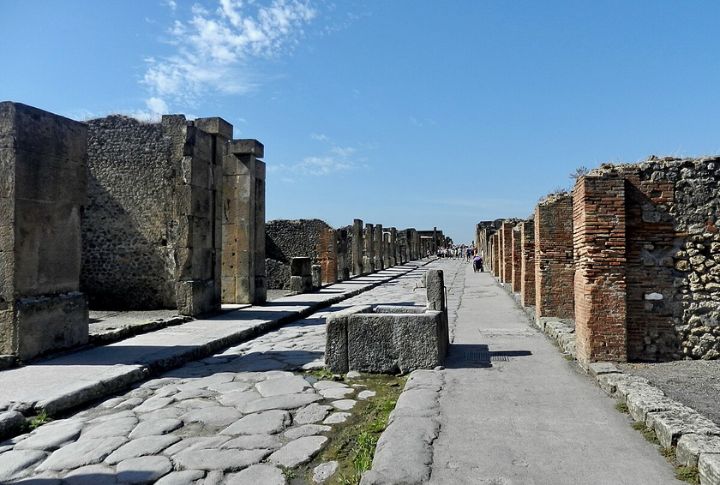
In Pompeii, giant stones served as crosswalks in the middle of the streets. These stones let people step over puddles during rainstorms. Wheel ruts in the stone show carts followed set widths, which meant even traffic had ancient rules with built-in speed bumps.
The House Of The Faun Was Enormous
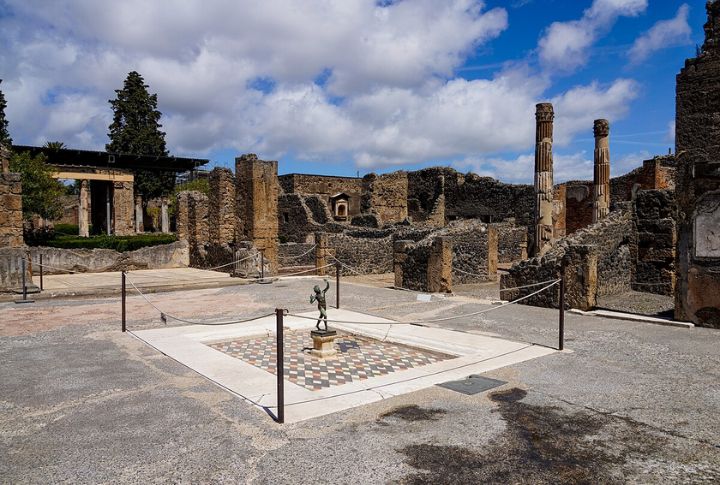
This place was a mansion fit for a movie set. The House of the Faun covered as much space as 10 basketball courts. Inside, it had gardens, art, and even its own baths. One mosaic showed Alexander the Great mid-battle, almost like history’s biggest comic strip.
Pompeii Had Public Baths
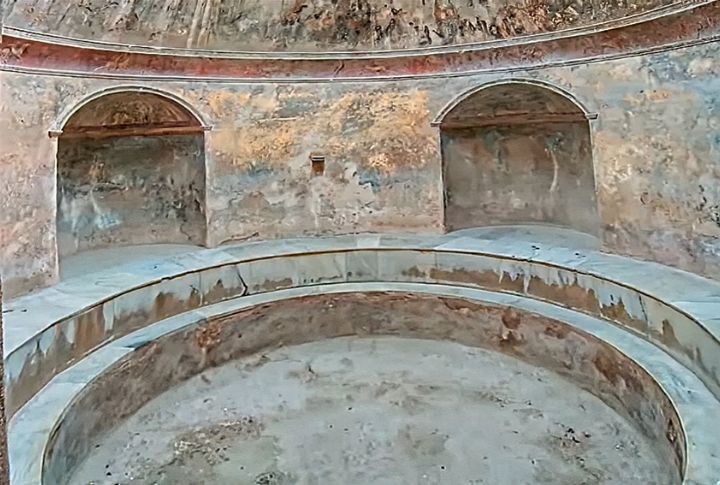
Going to the baths wasn’t just about getting clean; it was where people socialized and caught up on gossip. Some bathhouses had rooms with steamy heat or icy water. Bath time felt more like a fun outing than a chore.
Pompeii’s Diet Was Diverse
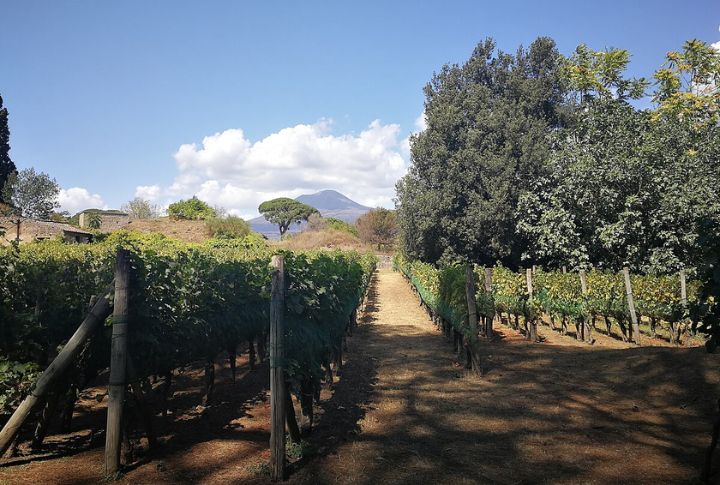
Ancient snacks included olives, shellfish… and yes, even roasted dormice. Chefs used clay ovens and cooked meals in outdoor stalls called thermopolia, which were akin to fast food stands. Archaeologists even found colorful menus and leftover food still stuck to the bowls.

